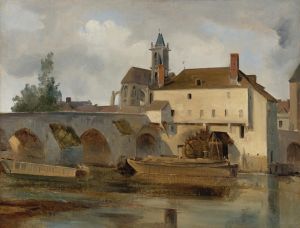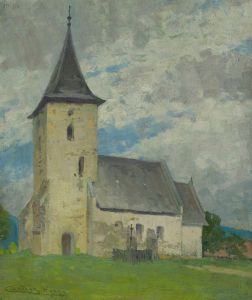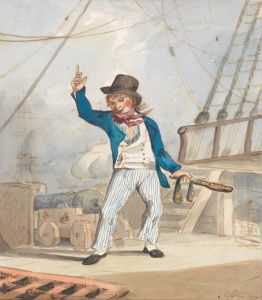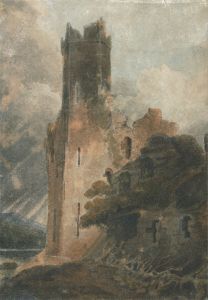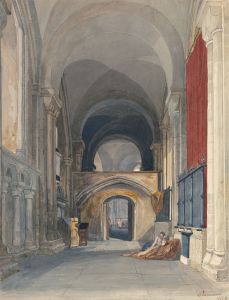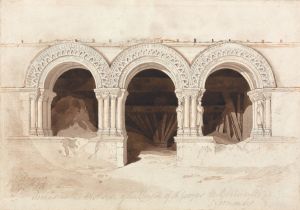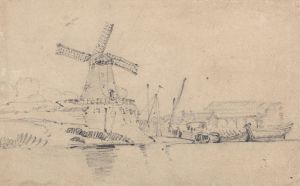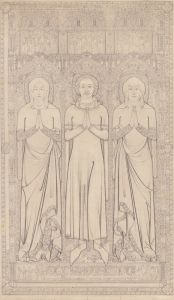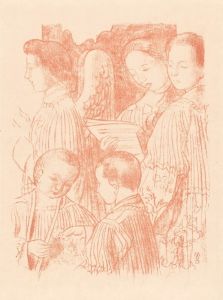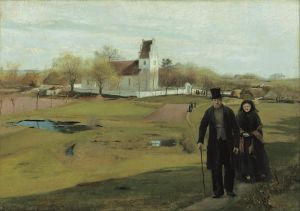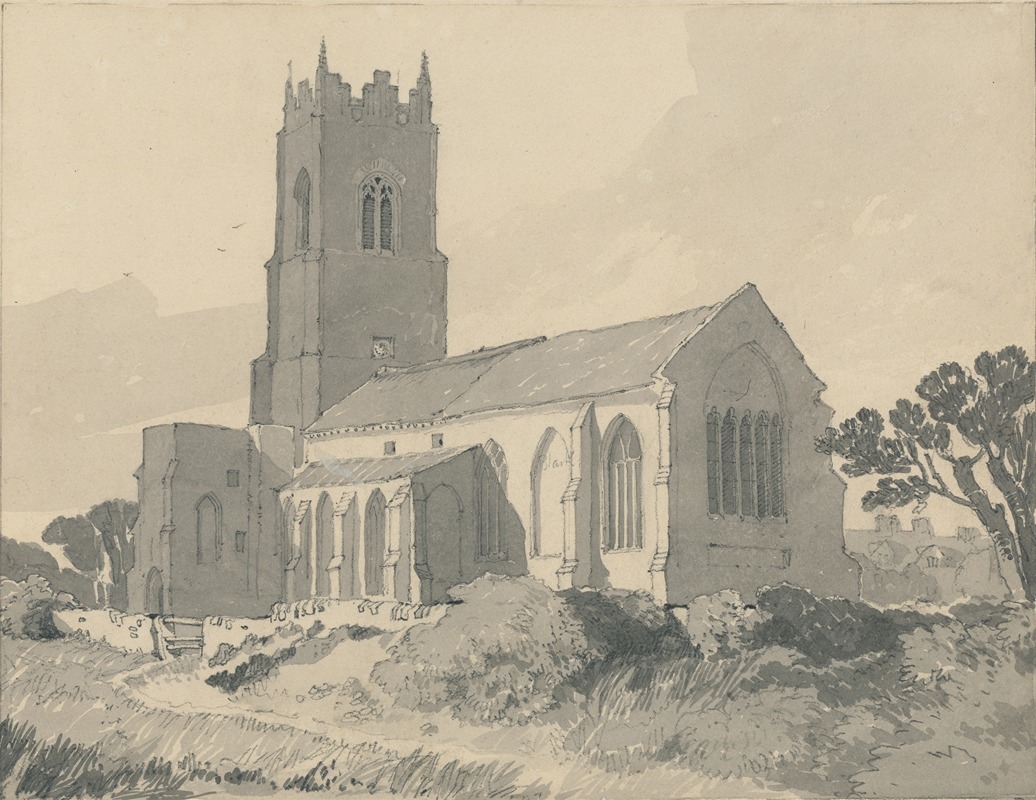
Ingham Church, Norfolk
A hand-painted replica of John Sell Cotman’s masterpiece Ingham Church, Norfolk, meticulously crafted by professional artists to capture the true essence of the original. Each piece is created with museum-quality canvas and rare mineral pigments, carefully painted by experienced artists with delicate brushstrokes and rich, layered colors to perfectly recreate the texture of the original artwork. Unlike machine-printed reproductions, this hand-painted version brings the painting to life, infused with the artist’s emotions and skill in every stroke. Whether for personal collection or home decoration, it instantly elevates the artistic atmosphere of any space.
John Sell Cotman was an influential English painter and printmaker, known for his contributions to the Romantic movement and his mastery in watercolors. Among his notable works is "Ingham Church, Norfolk," which exemplifies his skill in capturing architectural subjects with a keen eye for detail and atmosphere.
Cotman was born in Norwich, England, in 1782 and became a prominent figure in the Norwich School of painters, a group known for its dedication to landscape painting. His early exposure to the picturesque landscapes of Norfolk and his travels across England significantly influenced his artistic development. Cotman's work is characterized by a delicate balance between precision and mood, often employing a restrained palette and a focus on the interplay of light and shadow.
"Ingham Church, Norfolk" is a watercolor painting that depicts the Church of St. Bartholomew in Ingham, a village in the county of Norfolk, England. This church is a historical structure with origins dating back to the medieval period, featuring architectural elements typical of English Gothic design. Cotman's depiction of the church captures its serene presence within the rural landscape, highlighting the harmonious relationship between the built environment and nature.
The painting showcases Cotman's adept use of watercolor, a medium that allows for subtle gradations of color and light. His technique often involved the application of washes to create a sense of depth and atmosphere, a method that is evident in the rendering of the church's stonework and the surrounding foliage. The composition is carefully balanced, with the church positioned slightly off-center, drawing the viewer's eye into the scene and inviting contemplation of the tranquil setting.
Cotman's attention to architectural detail is apparent in the precise depiction of the church's features, such as the tower and windows, which are rendered with a clarity that reflects his interest in the structural aspects of his subjects. This focus on architecture is a recurring theme in Cotman's body of work, as he frequently explored the interplay between human-made structures and their natural surroundings.
Throughout his career, Cotman produced numerous studies and paintings of churches and other historical buildings, contributing to the documentation of England's architectural heritage. His works are valued not only for their aesthetic qualities but also for their historical significance, providing insight into the architectural landscape of the 19th century.
"Ingham Church, Norfolk" is a testament to Cotman's ability to convey the quiet beauty of rural England through his art. His paintings continue to be celebrated for their technical skill and evocative power, securing his place as a key figure in the history of British art. Cotman's legacy endures through his influence on subsequent generations of artists and his contributions to the appreciation of England's natural and architectural beauty.





